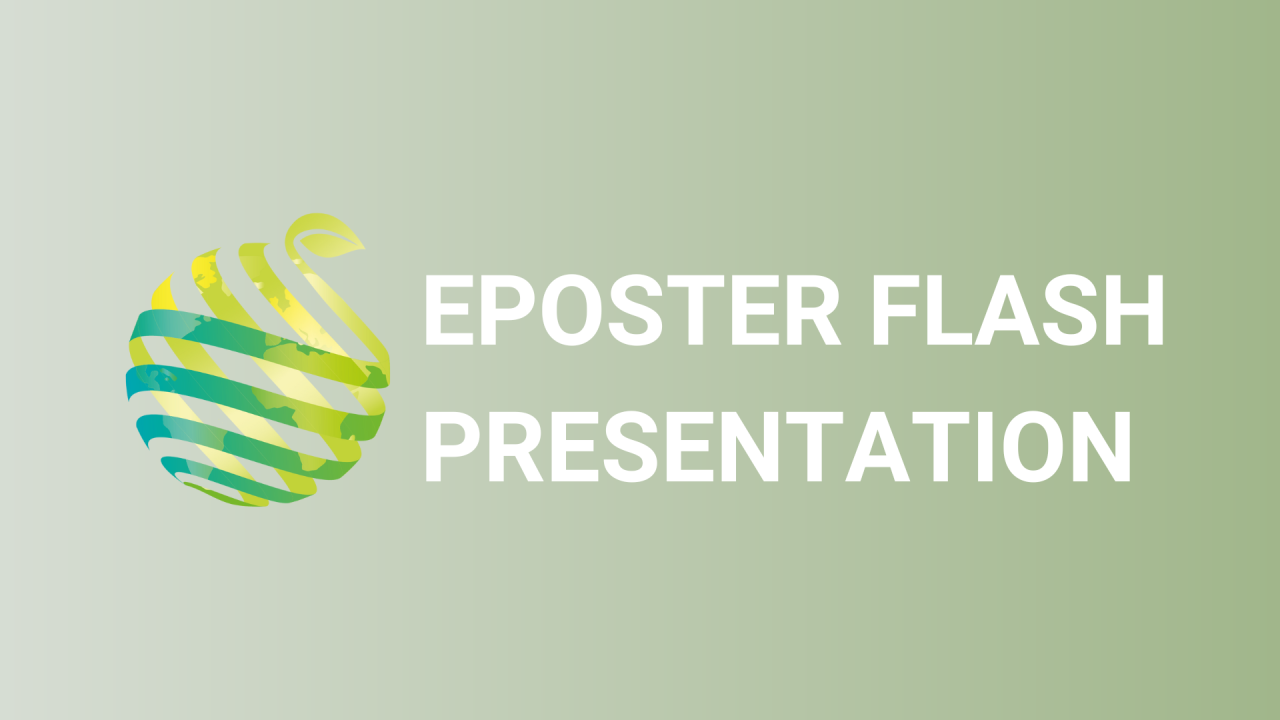

S01 - Session P5 - SNP marker development to identify QTL regions conferring bacterial wilt resistance in pepper
Information
Authors: SeonJeong Joung *, Je Min Lee, Jundae Lee
Bacterial wilt is caused by Ralstonia solanacearum and occurs extensively in Korea. The pathogen has a broad host range and can infect more than 450 plant species, but is most damaging to the Solanaceous crops, such as pepper, tomato, potato and tobacco. In a previous study, an F 2 population derived from a highly resistant pepper hybrid cultivar 'Konesian Hot' was used for identifying QTLs conferring bacterial wilt resistance, which resulted in the detection of 6 candidate QTLs. Four QTLs ( Bwr6w-7.1, Bwr6w-9.1 , Bwr6w-9.2 and Bwr6w10.1 ) were effective against the moderately pathogenic isolate HS and two QTLs ( Bwr6w-5.1 and Bwr6w 9.3 ) against the highly pathogenic isolate HWA. A high-resolution melting (HRM) marker were developed for each QTL. Of the six HRM markers, C09_6493519-HRM was significantly closely linked to Bwr6w 9.2 and 14 candidate genes were identified within the region between 6.0 and 6.5 Mbp on chromosome 9, with two of them considered genes related to disease resistance in plants. In this study, we aimed to confirm candidate genes using previously reported QTLs by adding the newly developed high resolutiom melting (HRM) markers linked to the resistance to the highly pathogenic isolate HWA of R. solanacearum . For the fine mapping, a total of 136 HRM markers were developed and mapped on to the genetic linkage map to delimit the previously detected QTL regions. As a result, we identified three consistent QTLs ( Bwr6w-5.1 , Bwr6w-7.1 , and Bwr6w-9.2 ) on chromosomes 5, 7 and 9, respectively. The three QTL intervals ranged from 223,954,447 to 224,958,688 bp, from 70,700,631 to 115,482,180, and from 3,453,876 to 3,693,026, respectively. In the detected QTL regions, we found 19, 131 and 15 genes, respectively, which are considered as possible candidate genes. However, compared to the previous study, identified QTL regions conferring bacterial wilt resistance in this study showed different results since we could not find R genes within the list of candidate genes by BLASTx. These results provide information on candidate genes for further studies on resistance gene cloning.